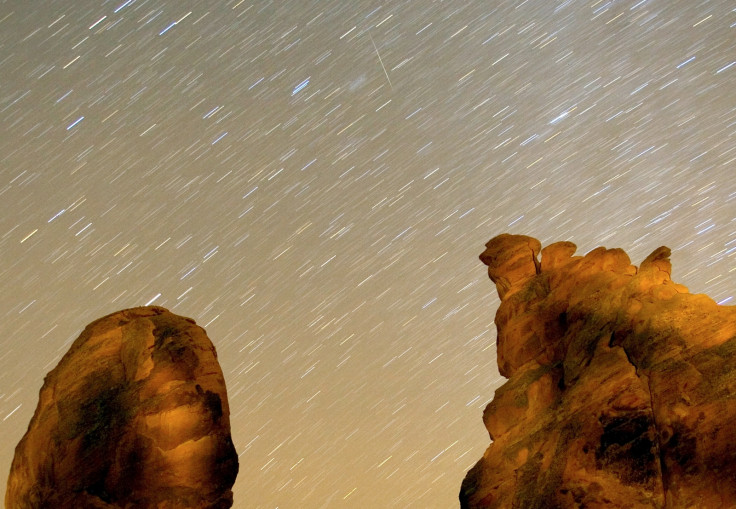Comet Catalina: Watch live online as C/2013 US10 flies past Earth ahead of Geminids

Comet Catalina is set to pass Earth after making its closest approach to the Sun in November. Stargazers may be able to see the comet with the naked eye in the early hours of 7 December eastern time, although it has not lived up to the peak magnitude initially predicted.
A livestream will also be available. During the Slooh broadcast, astronomer Bob Berman will be discussing where the comet came from. He will also offer tips on what direction to look out for and what equipment is best to use to get the best view of it. The programme will start at 10am EST (3pm GMT).
Catalina made its closest approach to the Sun – the perihelion – on 15 November and it is now on its way back past Earth on its return to the Oort Cloud. It will remain in the sky until mid-January and will come within around 0.72 AU (67 million miles) from Earth – at this point it will be around magnitude 5.
@Slooh 12-6-15 Central VA USA pic.twitter.com/vkNqDLLEjc
— Greg Redfern (@SkyGuyinVA) December 7, 2015According to Earth Sky, recent observations show Catalina has developed a tail around 500,000 miles long. The comet was discovered by the Catalina Sky Survey in 2013. It is thought it came from the Oort cloud after being disturbed by a passing star, with the Sun's gravity then drawing it into the centre of the Solar System.
Comet Catalina comes ahead of the Geminid meteor shower, which is expected to peak between 13 and 14 December. This is one of the brightest and most reliable meteor showers of the year. Nasa said at its peak it could produce up to 120 meteors per hour. The best times to watch for this shower is between 12am and the early hours of the morning, just before dawn.
© Copyright IBTimes 2025. All rights reserved.






















